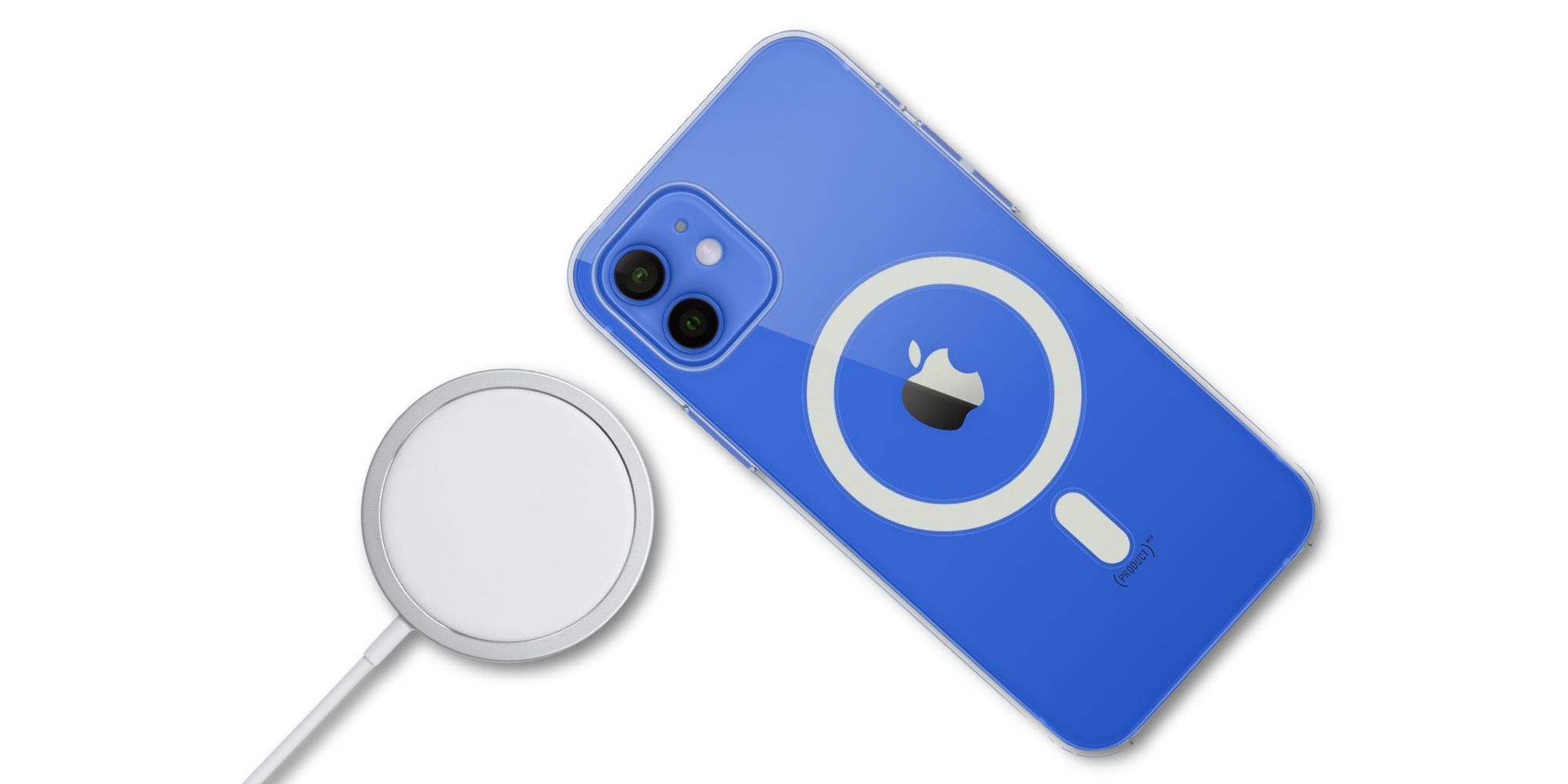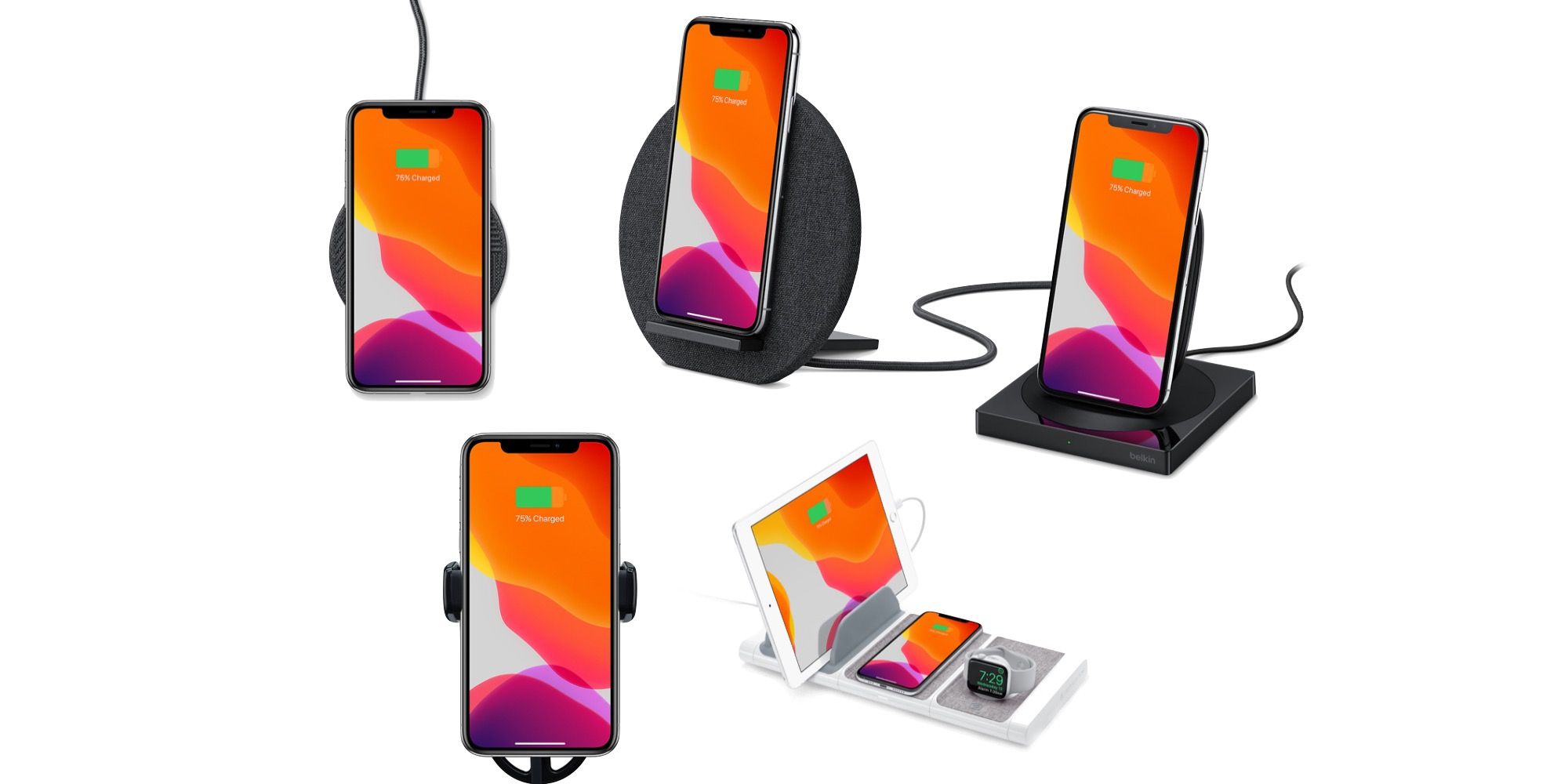There are multiple ways to charge an iPhone 12 with Apple providing two wireless standards as well as the older wired connection. Plugging the iPhone 12 into a wall adapter remains the fastest option, but not the most convenient. Wireless is an easy choice when a charger will be handy throughout the day and for overnight where the fastest charging speed isn’t critical.
Apple introduced a new charging method with the iPhone 12 series. Using an array of magnets for alignment and attachment, the MagSafe charger can reach 15-watts of power and supply this to the iPhone 12 consistently. Since the magnets guide the phone to the perfect placement, no power is lost, which was a common problem with Qi chargers. MagSafe also supports cases and other accessories, so Apple incorporated an NFC sensor and magnetometer to identity whether a charger or other type of accessory is attached. Apple’s clever use of the new connection means a MagSafe case can be left on the iPhone 12 while charging with a MagSafe charger. The connection and power is passed through the case to the phone.
When placing the iPhone 12 on a MagSafe charger, with or without a compatible case, a confirmation chime and animation confirms charging and shows the current level of the battery. The phone can still be used while charging and the magnets keep the charger attached and centered for the best speed possible. While the MagSafe cost is higher, the added value makes this an easy purchase for those choosing between buying a MagSafe or Qi charger. The price is $39 and it should be noted that a USB-C charger with 15-watts (or higher) is required, but not included. Apple MagSafe chargers also include Qi charging capability, so it works with the iPhone 12 using the new technology at 15-watts and charges Qi compatible devices at 7.5-watts.
The Value Of Qi Charging
The iPhone 12 is also compatible with the Qi wireless technology, so anyone that already owns this type of charger can use it with their new Apple phone, just as was possible with the iPhone 8 through iPhone 11. This means it will supply a maximum of 7.5-watts of power to the iPhone 12, even if the Qi charger is rated higher. Apple’s implementation of this wireless standard once had a maximum rate of just 5-watts and, although it was increased recently, 7.5-watts is the maximum possible with Qi. This is half of the 15-watts supplied with MagSafe, but this slower method is still very useful. For example, when traveling in a car that offers Qi charging, placing the iPhone in the proper location allows a battery top-up on the road.
For best use with a Qi charger, the ideal charging location is directly in the center. The center of the back of the iPhone 12 should be placed with precision for best speed. Manufacturer recommendations do vary for some chargers and those that charge multiple devices may mark the position on the device. For both Qi and MagSafe, it should be noted that wireless chargers use magnetic induction so anything other than a MagSafe case on a MagSafe charger may lower charging speed. Magnetic force drops off rapidly, so even a few millimeters can make a big difference. If the iPhone is set to vibrate and a call or notification comes in, it could affect charging speed. Using this information should help to ensure the most reliable and convenient use of both MagSafe and Qi wireless charging of Apple’s new iPhone 12.
Source: Apple


